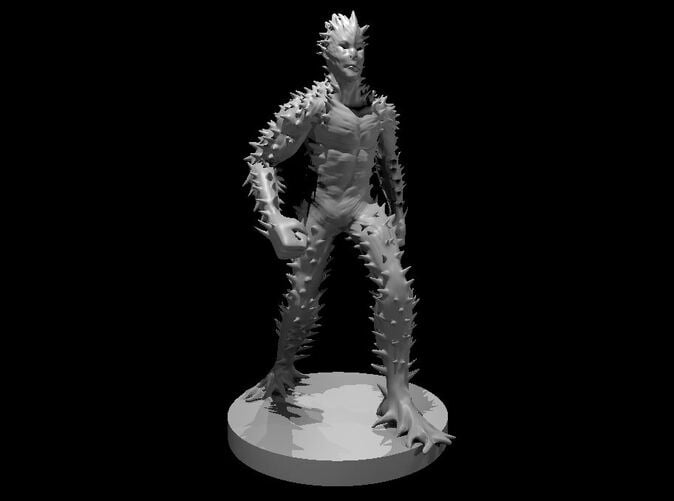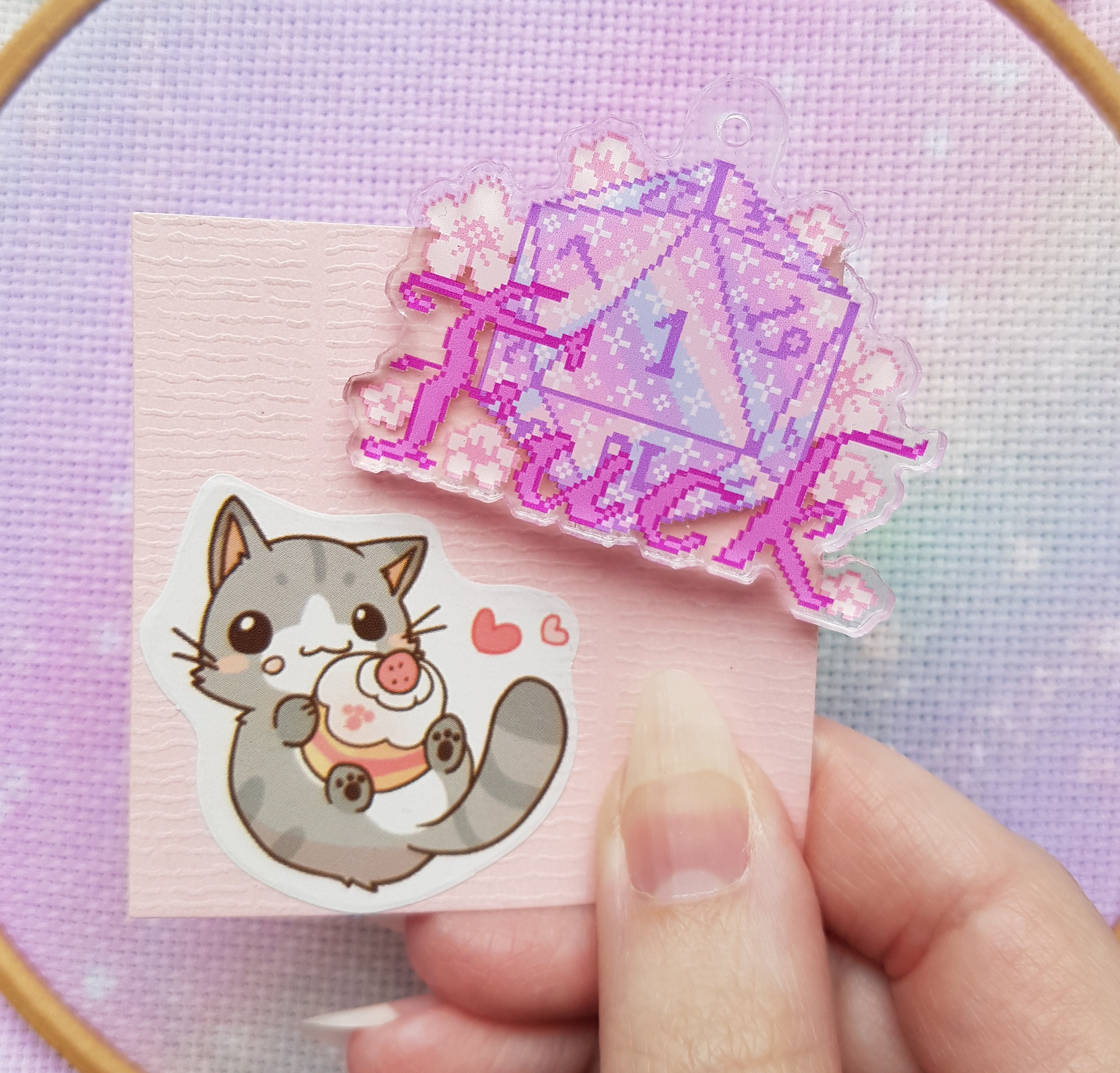

ĭrenkhan R, Tomešová-Haataja V, Fraser S et al (2016) Global geographic distribution and host range of Dothistroma species. Fungal Divers 38:1–24ĭrenkhan R, Hantula J, Vuorinen M, Jankovský L, Müller MM (2012) Genetic diversity of Dothistroma septosporum in Estonia, Finland and Czech Republic. Blackwell Scientific Publications, Oxford, pp 115–131Ĭrous PW (2009) Taxonomy and phylogeny of the genus Mycosphaerella and its anamorphs. īrown AHD, Burdon JJ (1987) Mating systems and colonizing success in plants.

pini, causal agents of Dothistroma needle blight of pine. īarnes I, van der Nest A, Mullett MS, Crous PW, Drenkhan R, Musolin DL, Wingfield MJ (2016) Neotypification of Dothistroma septosporum and epitypification of D. īarnes I, Wingfield MJ, Carbone I, Kirisits T, Wingfield BD (2014) Population structure and diversity in an invasive pine needle pathogen reflects anthropogenic activity. Stud Mycol 50:551–565īarnes I, Kirisits T, Wingfield MJ, Wingfield BD (2011) Needle blight of pine caused by two species of Dothistroma in Hungary. īarnes I, Crous PW, Wingfield MJ, Wingfield BD (2004) Multigene phylogenies reveal that red band needle blight of Pinus is caused by two distinct species of Dothistroma septosporum and D. pini was identified as the mating type MAT1-1.Īdamčíková K, Jánošíková Z, van der Nest A, Adamčík S, Ondrušková E, Barnes I (2021) Population structure and genetic diversity suggest recent introduction of Dothistroma pini in Slovakia. Whereas single isolate for the species D. septosporum, we identified both mating types with slight dominance of MAT1-2, but still not deviated from a 1:1 ratio (MAT1-1: MAT1-2 = 26:33), similar results were obtained within samples 12 years before, suggesting sexual reproduction occurs in the population. septosporum occurred at the research area. From the whole number of 107 established cultures, we obtained 56 isolates, while the presence of both Dothistroma species was confirmed.

nigra plantation in 2018 and the collection of 24 isolates from the same research area collected in 2006. The basis for this comparative analysis was the biological material we collected from the P. PCR techniques using species and mating-type specific primers were used to compare the development of the population structures of both fungal pathogens after 12 years. Both Dothistroma species produce identical symptoms, the only unambiguous method of distinguishing are molecular identification methods. DNB attacks needles mostly from the Pinus species and causes significant defoliation on their hosts. Dothistroma septosporum and Dothistroma pini are two species of ascomycetous fungi of the genus Dothistroma, which cause needle disease worldwide known as Dothistroma needle blight (DNB).


 0 kommentar(er)
0 kommentar(er)
